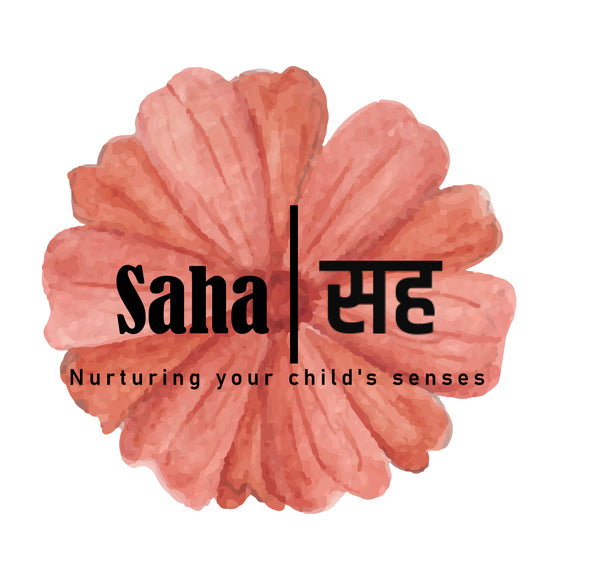
What Do Newborns Think About?
Share
As a new parent or caregiver, it’s natural to wonder about the mysterious inner world of your newborn. What occupies their thoughts as they quietly observe their surroundings or react with a sudden cry or smile? Recent research offers fascinating insights into how newborns experience and process their environment.
The Newborn’s Perception of the World
Newborns enter the world equipped with the ability to absorb and learn from their environment rapidly. Their thoughts are not like those of adults, as they lack language and complex reasoning. Instead, their focus is on immediate sensations and interactions. Newborns are especially attuned to faces, sounds, and movements, as these are central to their development and survival.
Babies are born with some innate preferences and abilities. They can recognize their mother’s voice and even the rhythm of stories or music heard in the womb. This indicates that their capacity for memory begins before birth. They are also drawn to high-contrast images, particularly human faces, as this helps them bond with caregivers and learn social cues (Blemil, n.d.; Bright Horizons, n.d.).
Emotional Awareness
Even in the first few days of life, babies are sensitive to emotions. They can distinguish between happy and distressed voices, which helps them react to their caregiver's mood. For instance, a soothing tone can calm a crying baby, while a sharp or anxious tone may increase their distress. Babies rely on emotional cues to navigate their world and form attachments, laying the foundation for their social and emotional development (Bright Horizons, n.d.).
Cognitive and Sensory Development
While newborns cannot express thoughts verbally, their brain activity is highly dynamic. They engage in constant observation and experimentation to make sense of their surroundings. Some key aspects of newborn cognition include:
- Pattern Recognition: Newborns start identifying patterns, such as the voice of their parents or the way light and shadow interact in their environment. This early recognition builds their sense of familiarity and safety.
- Learning Through Repetition: Repetition strengthens neural pathways in their developing brains. Simple routines, like hearing a lullaby or observing a parent's face during feeding, reinforce learning and comfort.
- Understanding Cause and Effect: Around two to three months of age, babies begin grasping the concept of cause and effect. For example, they might notice that crying leads to attention or that a rattle makes a sound when shaken (Blemil, n.d.; Parents, n.d.).
How Parents Can Nurture Their Baby’s Thoughts
To support newborn cognitive and emotional development, parents and caregivers can engage in various activities:
- Frequent Interaction: Talking, singing, and making eye contact stimulate a baby’s brain. Naming objects and narrating daily activities help them start building language associations (Parents, n.d.).
- Providing Sensory Experiences: Offer age-appropriate textures, sounds, and visuals. For instance, high-contrast toys or simple musical sounds are especially captivating to newborns.
- Creating a Calm Environment: Babies thrive in consistent and comforting settings. Gentle rocking, soothing sounds, and warm touches are fundamental to helping them feel secure.
- Responding to Cues: Attuning to a baby’s signals, such as their cries or expressions, teaches them that their needs will be met, fostering trust and emotional bonding (Bright Horizons, n.d.).
Key Takeaways About Baby Thoughts
Though we may never know exactly what newborns think, science gives us a glimpse into their mental activity. Their thoughts revolve around survival instincts, emotional bonding, and making sense of their environment. As they grow, these foundational experiences shape their ability to explore, communicate, and connect with the world.
By engaging lovingly and intentionally with a newborn, caregivers can help nurture the incredible growth happening in their little one's brain. Every interaction, no matter how small, contributes to the baby’s understanding of their world and the people within it.
References
Blemil. (n.d.). What do babies think about? Retrieved December 10, 2024, from https://www.blemil.com/id-en/tips-mums/what-do-babies-think-about
Bright Horizons. (n.d.). What do babies think? Retrieved December 10, 2024, from https://www.brighthorizons.com/resources/Article/what-babies-think
Parents. (n.d.). What is your baby thinking? Retrieved December 10, 2024, from https://www.parents.com/baby/care/newborn/what-is-your-baby-thinking/
